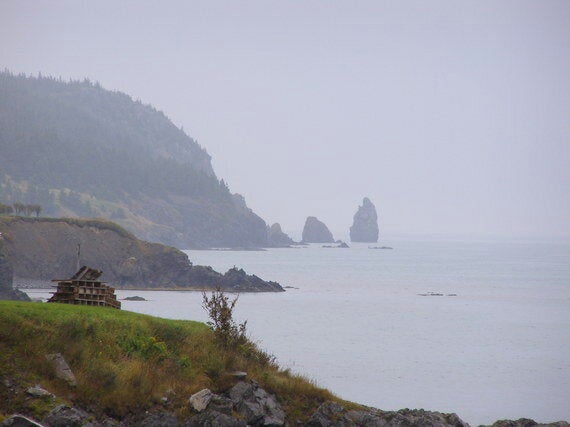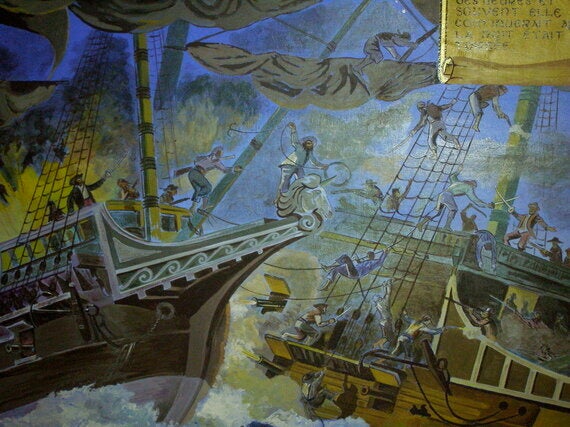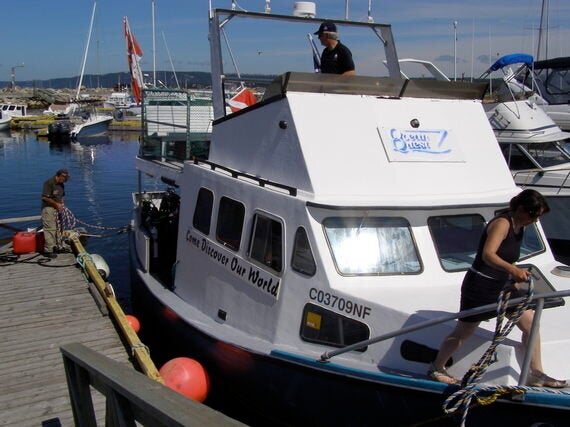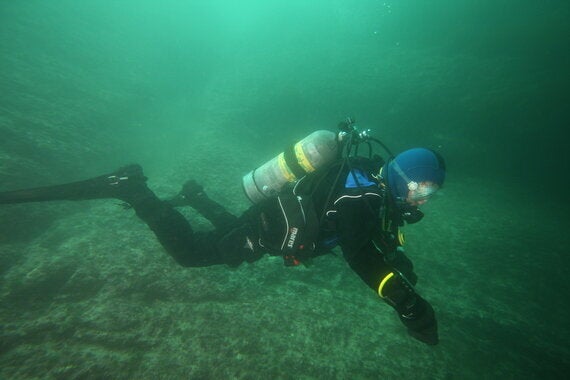Several years ago I was part of an expedition that went hunting for the remains of a pirate ship. This was not an insane venture, but one based on solid research, working with great equipment and an experienced crew. What I learned from that expedition has started me thinking about the odds of success in ever finding Malaysian Flight 370. Let me explain.

First a little background. Many people have no idea that some of the most successful pirates in history based themselves out of the island of Newfoundland off Canada's east Coast. They did a little plundering in the area, but mostly they were there to refit their ships, stock up on supplies and kidnap any potential fisherman they might run into as hands. The most successful of these pirates was a man named Peter Easton -- nicknamed the Pirate Admiral because of the size of his fleet.
Easton fought a famous battle in Conception Bay, Newfoundland. The French, tired of being preyed on by Easton and his ships sailed into Conception Bay to dig him out of his lair and destroy him. He sailed out to meet them.

During the battle he sank the flag ship of the french fleet, the St. Malo. He drove the enemy ship up on to a set of rocks at the mouth of the bay leading into Harbour Grace (where Easton had his fort.) Those rocks became known as Easton's Rocks, which eventually morphed into the name Eastern Rock.
So the expedition I was part of was going to try and find the remains of the St. Malo on Eastern Rock. The reason I'm giving you this kind of detail is to demonstrate that our underwater search area was going to be pretty small: about the size of a football field. In addition we were only working in depths that reached around 30 meters, relatively shallow.
We set off with a 45-foot dive boat and a large ridged hull inflatable as a support vessel. On board we had a magnatometer (to try and pick up any trace of metal from the guns or other ship fixtures) and a towed side scan sonar. We thought that was our proverbial ace in the hole. With a side scan you can cover an enormous area quickly and it paints a three dimensional picture of the bottom. Any debris piles from cannons or ballast rock would be soon discovered. We also had six divers on board to go down and check any signal returns.

The odds were definitely stacked in our favour. At least that's what we thought. Three days later we were not so sure. In fact we'd given up. We'd spent countless hours each day first cruising back and forth over the search area with the magnatometer and then repeating the same search grid with the side scan. We'd done countless dives to check areas that were too broken up for our equipment to accurately cover or look at least hint that we'd found something. At the end of the three days, nothing.

A small, well defined area using the latest equipment and we'd found nothing. So now do the math on Malaysian Flight 370. They're searching an area that more than 20 thousand square kilometres in size. The Indian Ocean plunges down to a depth of 5000 meters. They have only the vaguest idea of where to even start looking. What that all adds up to is that the chances of realistically finding that plane or if it crashed any wreckage are extremely remote. I've seen references to the "needle in the haystack" analogy but I don't think that really describes the task: unless the haystack was the size of Canada and the needle no more than a tiny sliver. That might accurately describe what the searchers are trying to accomplish.
I know some of you might say that they have the black box that will guide them by electronic signal if they get close enough. True, but the batteries will run out in a matter of days and meanwhile even with all the ships and planes that have flooded into the area, there's a massive area to search.
Now my heart goes out to the families who have waited day after day for any news of what happened to their loved ones. If I were in their position I would cling to any remote possibility that gave me some kind of hope. But reality is sometimes a very bitter potion. Regrettably my experience tells me that Malaysian Flight 370 has disappeared into the ocean and will likely never be found nor the mystery of what happened ever truly revealed.
ALSO ON HUFFPOST:
